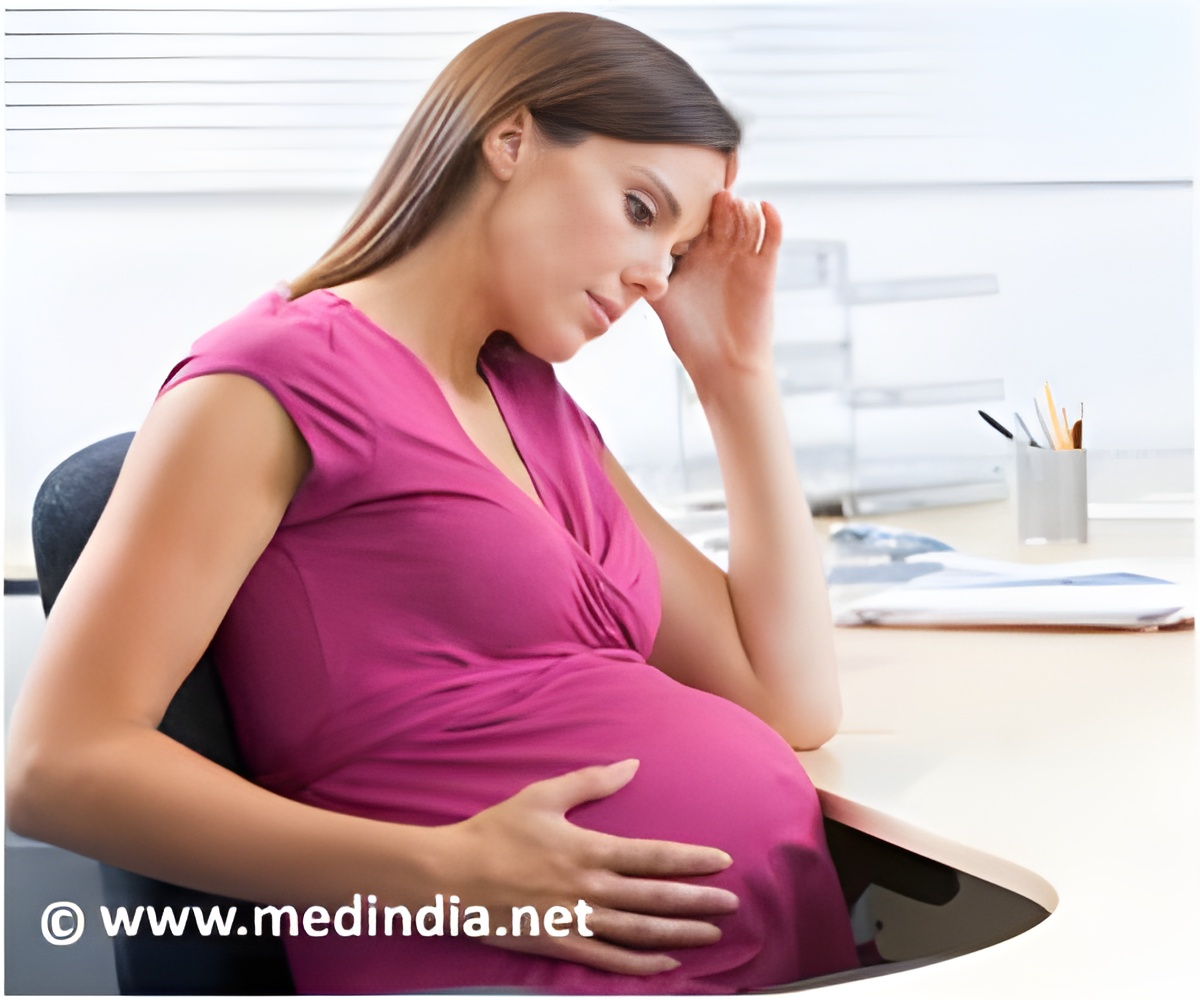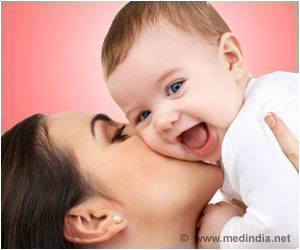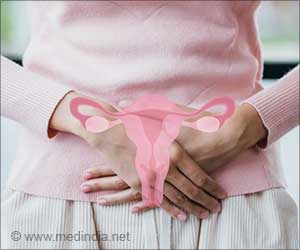Mother’s stress during pregnancy may affect the neural development of the unborn baby, finds a new study.

"It has long been thought that the
This prenatal work is part of a growing body of research to better understand how the human brain develops across its lifespan, from fetus to old age. "We are interested in how a human brain constructs over time to become the adult brain," says Nim Tottenham of Columbia University, whose work focuses on identifying sensitive periods of brain development from childhood into adolescence. She is chairing a session on new findings in brain development at the CNS meeting: "The talks aim to bridge across the very long brain development that gives rise to mature functioning."
Seeing the changing fetal brain
Research in newborns and older children to understand prenatal influences has been confounded by the postnatal environment, Thomason explains. But recent advancements in fetal imaging allowed her and her team to gain insight into a critical time period in brain development never previously accessible.
Using fetal resting-state fMRI, they examined functional connectivity in 47 human fetuses scanned between the 30th and 37th week of gestation. The scientists recruited the participating mothers from a low-resource and high-stress urban setting, with many reporting high-levels of depression, anxiety, worry, and stress.
They found that mothers reporting high stress had fetuses with a reduced efficiency in how their neural functional systems are organized. It is the first time, imaging has shown a direct influence of maternal stress on fetal brain development, independent of influences of the postnatal environment.
Advertisement
The scientists found that the cerebellum played a central role in the observed effects, suggesting it may be especially vulnerable to the effects of prenatal or early life stress. The cerebellum has the highest density of glucocorticoid receptors, which are involved in stress responses, than any other place in the brain. Thomason and her team plan to further investigate this as a possible mechanism for the stress responses they observed.
Advertisement
Making connections into adulthood
Cognitive neuroscientists are especially interested in understanding sensitive periods of time when the environment has the largest influence on future brain functions. To identify such times, Tottenham of Columbia University has honed in on connections between the prefrontal cortex (PFC) and the amygdala.
"A majority of developmental change during childhood and adolescence are the changes in connections," she explains. "We have largely focused on the connections between the amygdala and prefrontal cortex because of the very large changes we have observed there across childhood and adolescence and their central role in emotional behaviors."
Studying awake children as young as 4-years old, Tottenham and colleagues identified developmental periods when the nature of the communication between the amygdala and the PFC operates differently than in an adult. The connections develop very slowly over childhood, with a dramatic shift toward the end of childhood when the transition to adolescence brings about more adult-like characteristics. Looking at coincidental environmental events in childhood, the scientists also found data to suggest that amygdala-medial PFC connections are highly impressionable to external forces.
"The human brain is designed to learn from the environment. This is thanks to the long period of infancy, childhood, and adolescence that humans enjoy," Tottenham says. "What has amazed me most about the developing brain is that it is not simply an immature version of the adult brain but instead is designed to collaborate with the expected caregiving ecology."
Indeed, says Thomason: "We must consider the developing brain in context, thinking about the role of the environment in shaping the brain. It is a topic that inspires us to promote healthy brain growth, to ask what it is that we do for children in the lifestyles, opportunities, and learning conditions we create for them."
Source-Eurekalert















